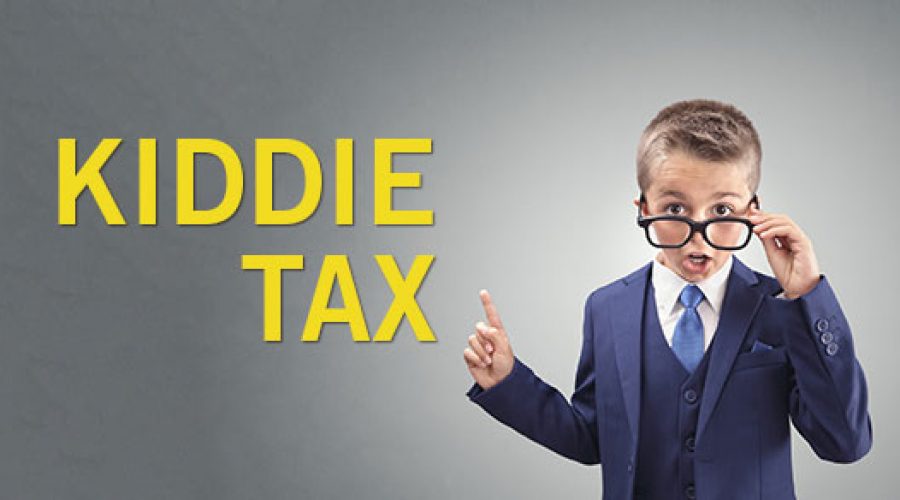When you become a parent, you will likely start to do everything in your power to set your child up for success. For some parents, this might include opening and funding an investment account for their children. However, before parents decide to go down this route, they should familiarize themselves with the Kiddie Tax rules and understand the impact this could have on taxes.
The Kiddie Tax is a federal tax rule that determines how investment income is taxed for minors and full-time college students (under the age of 24). It was created as a way to help prevent parents from avoiding higher tax rates by shifting income-producing assets to their children. Today, it continues to serve as a guardrail against tax avoidance, ensuring that unearned income (such as dividends, interest, and capital gains) above a certain threshold is taxed at the parent’s marginal tax rate rather than the child’s tax rate.
For 2025, the first $1,350 of a child’s unearned income is tax-free, and the next $1,350 is subject to the child’s tax rate. Any additional earnings above $2,700 are taxed at the child’s parents’ marginal tax rate.
Thus, for the 2025 tax year, a child’s standard deduction amount is the greater of $1,350, or the sum of $400 plus the child’s earned income, if the child can be claimed as a dependent. Otherwise, the standard deduction for a single filer is $15,000.
Here’s a quick look at the Kiddie Tax amounts for the 2024 & 2025 tax year:
| Category | 2024 Amount | 2025 Amount |
| Child’s standard deduction | $1,300 | $1,350 |
| Taxed at child’s rate threshold | $1,300 | $1,350 |
| Taxed at parent’s rate threshold | $2,600 | $2,700 |
The Kiddie Tax applies to children under 19 years old, as well as full-time college students between ages 19 and 23 who are claimed as dependents.
However, there are a few exemptions to the Kiddie Tax, which include:
- Children with earned income covering more than half their living expenses
- Children who file as “married filing jointly”
Keep in mind that if a child has earned income (such as wages or self-employment income), the portion of their income that is considered “earned income” is not subject to the Kiddie Tax. Only unearned income is included and considered when calculating the Kiddie Tax. Common sources of unearned income include taxable interest, dividends and capital gains, scholarships not used for qualified expenses, custodial accounts under the UGMA, and investment gifts from family members.
As mentioned above, capital gains earned by minors or students still fall under the Kiddie Tax rules. These gains can either be reported on the child’s tax return or included with the parent’s return, depending on the filing situation.
If you are wondering how to differentiate between “earned income” and “unearned income”, just remember that earned income comes from performing work or providing a service – hence, you must do something in order to “earn” the income.
Below is how you can calculate your child’s taxable income:
Child’s Earned Income + Unearned Income – Standard Deduction = Taxable Income
If you determine that the Kiddie Tax applies to your child, you must file IRS Form 8615 with your tax return.
On a brighter note, there is some good news for families who are saving for college via 529 plans because earnings from 529 plans are NOT subject to the Kiddie Tax. Instead, 529 plans offer tax-free growth and withdrawals when used for qualifying expenses. Thus, if you’re using a custodial account for college savings, you should speak with your advisor about whether utilizing a 529 plan would be a better option for your family.
As you can see, the Kiddie Tax plays a critical role in preventing tax manipulation through asset transfers to children. For families with minor children or college students who earn investment income, understanding the thresholds and rules can help you stay compliant and avoid unexpected tax bills. When in doubt, consult a tax professional to explore the most tax-efficient strategies for saving and investing for your child’s future.
